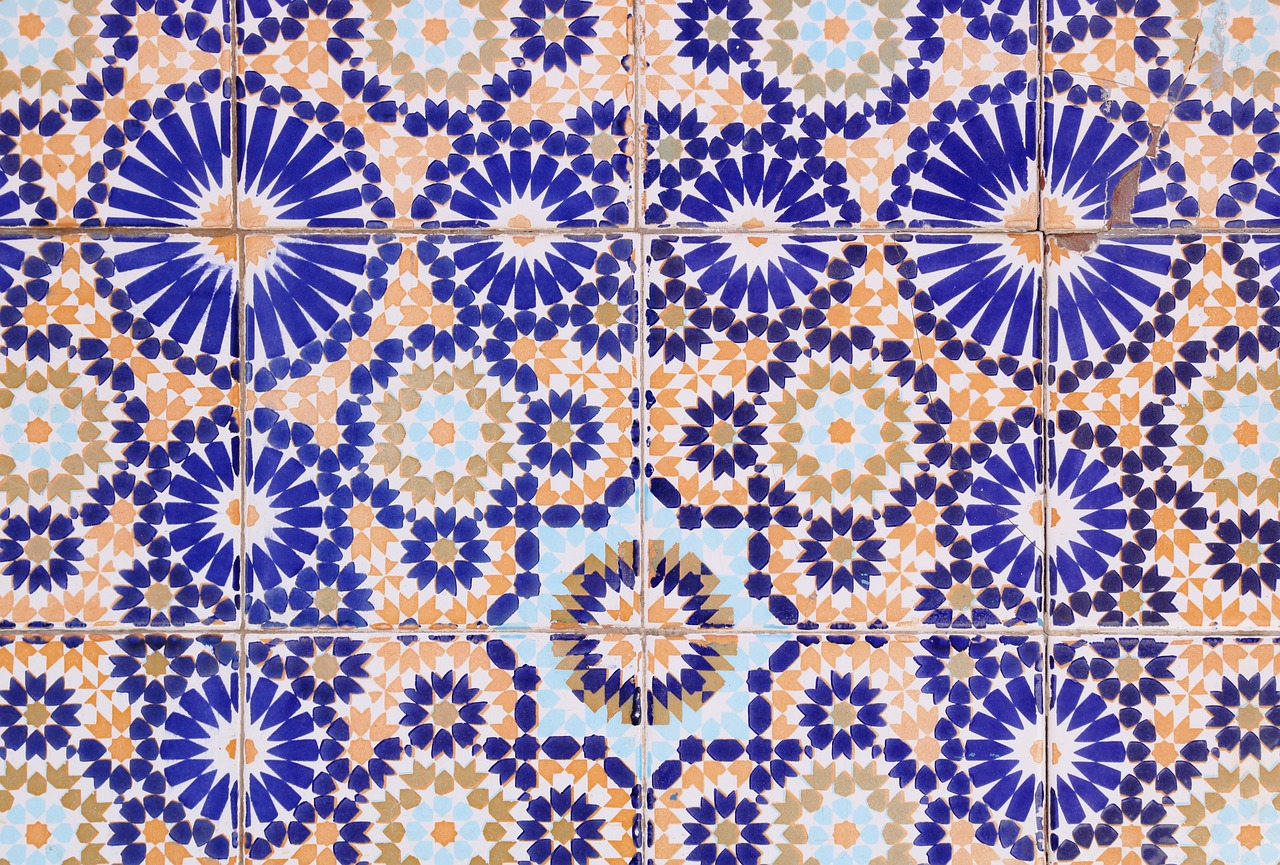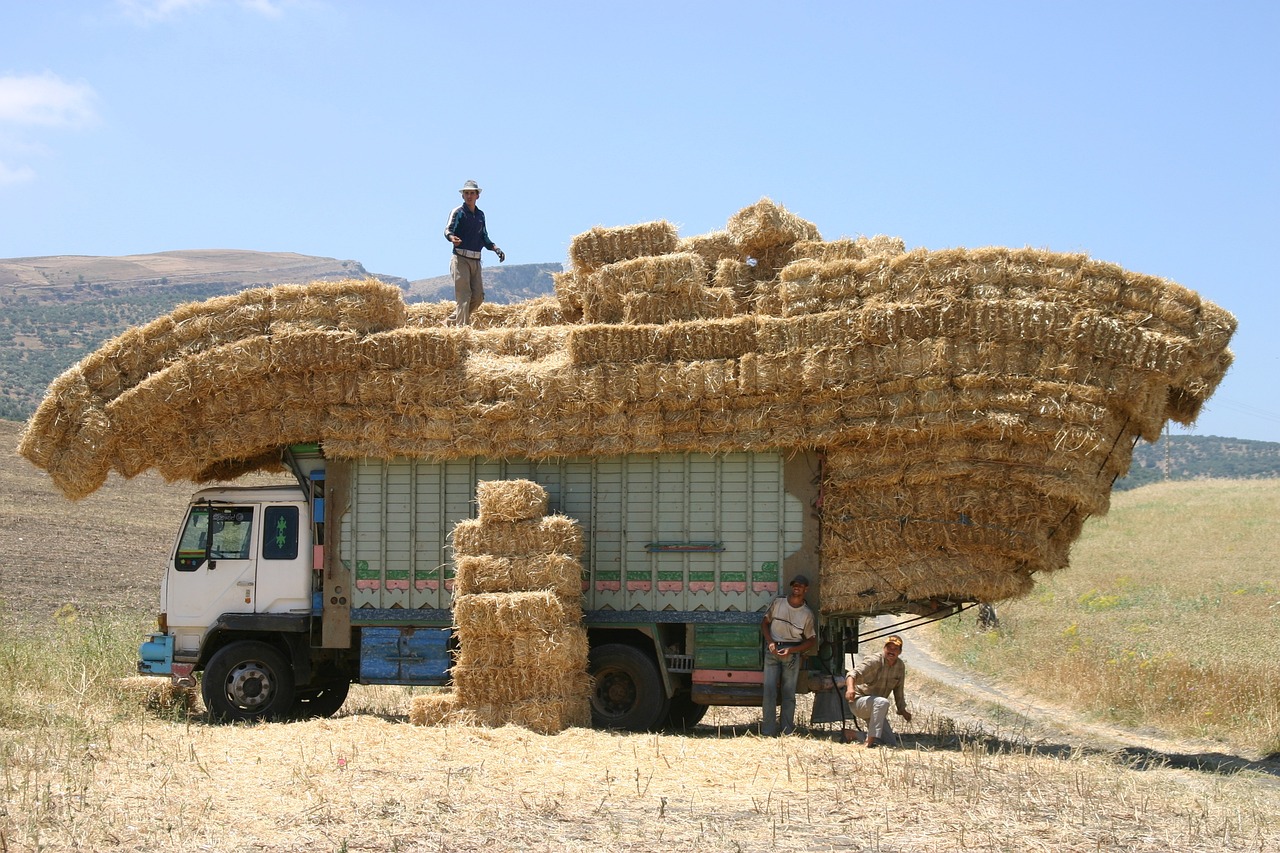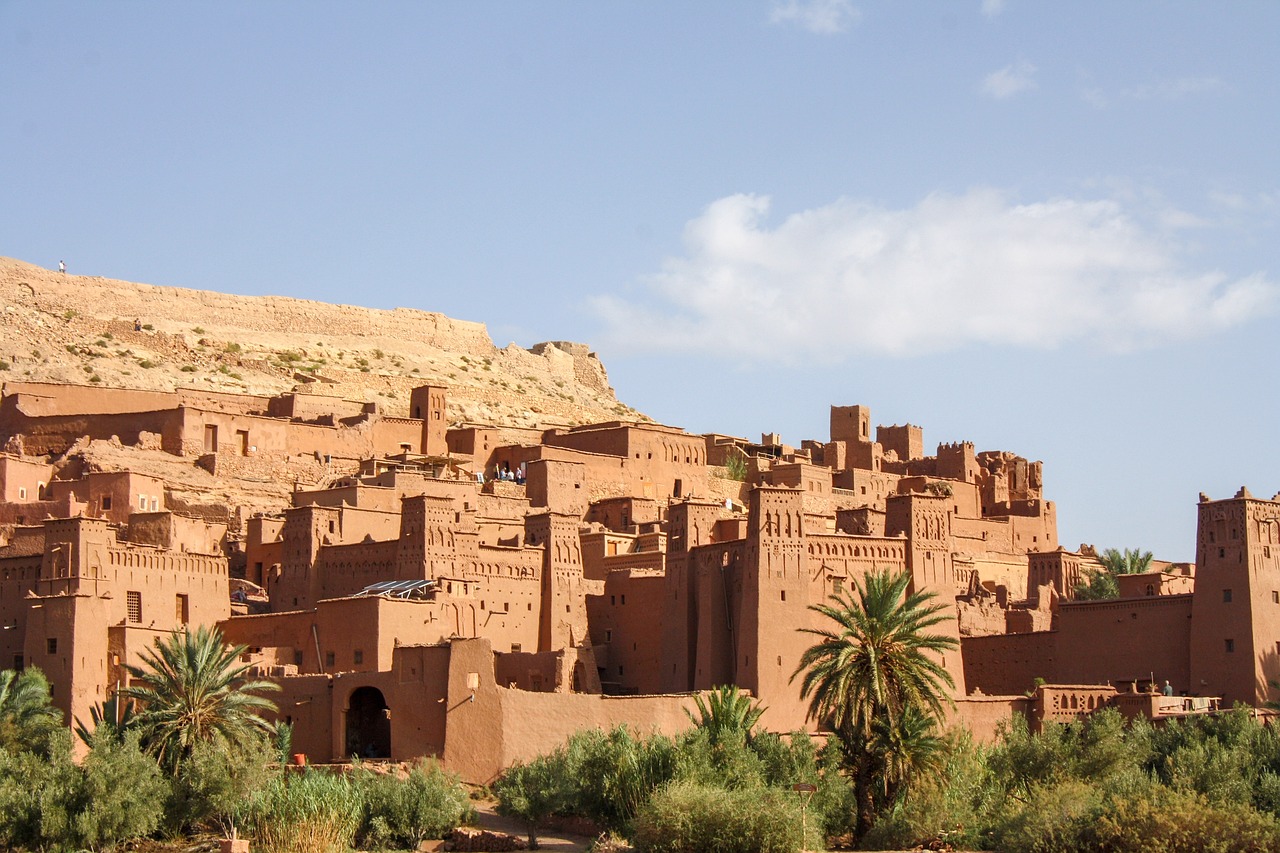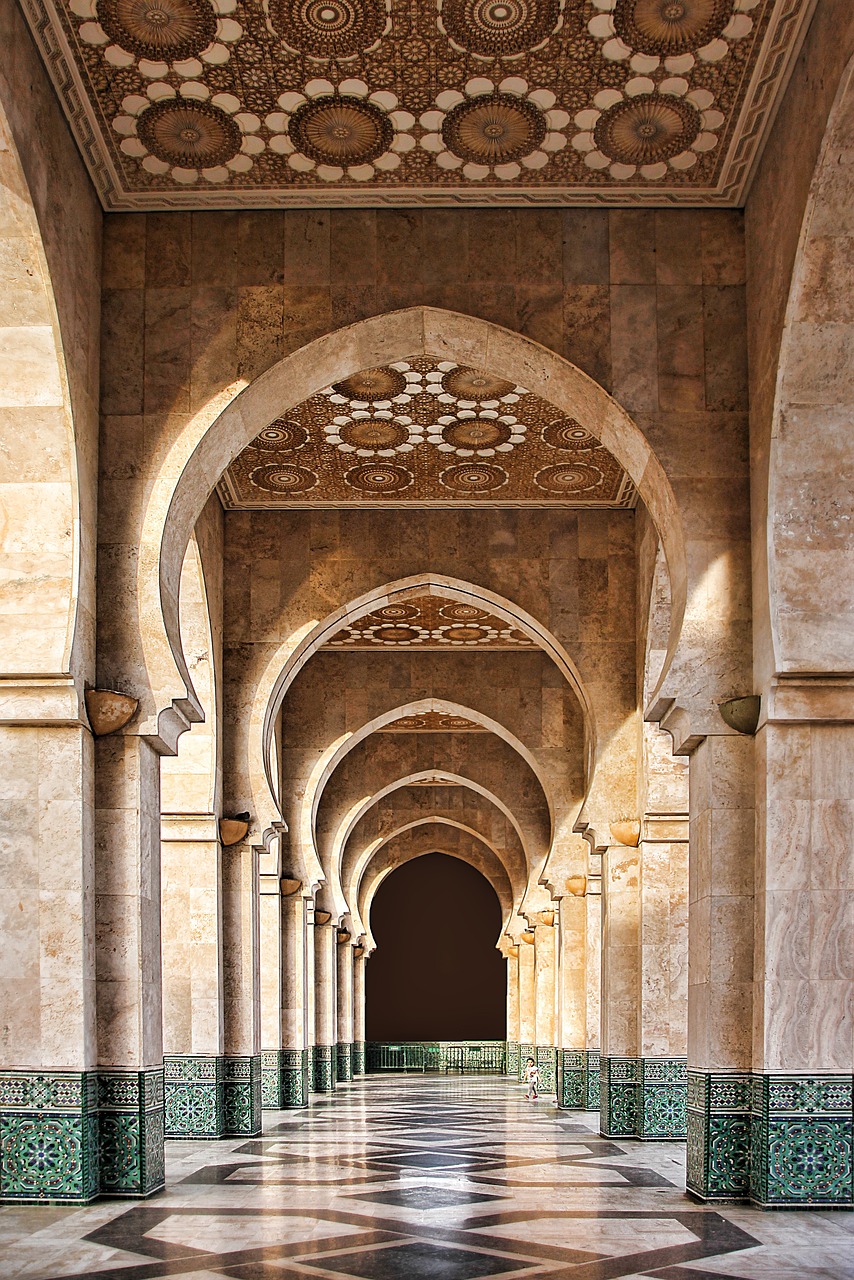Morocco Video
Weathering Morocco: Seasonal Changes and What to Expect
Morocco, a country located in North Africa, experiences a diverse range of climates due to its varied geography. From the Atlas Mountains to the Sahara Desert, Morocco offers a unique experience for travelers throughout the year. Understanding the seasonal changes and what to expect in each season can help you plan your visit accordingly. In this article, we will explore the different seasons in Morocco and provide detailed information about what you can expect during each time of the year.
Spring
Spring in Morocco, which spans from March to May, is characterized by mild temperatures and blooming landscapes. It is considered one of the best times to visit the country, as the weather is pleasant and there are fewer tourists compared to the peak summer season. The average temperature during spring ranges between 15°C to 25°C (59°F to 77°F), making it ideal for outdoor activities such as hiking in the Atlas Mountains or exploring the vibrant cities like Marrakech and Fes.
- Flower Blooms: Spring brings an explosion of colors as flowers bloom across the country. The famous rose fields in the Dades Valley and the cherry blossoms in the High Atlas Mountains are a sight to behold.
- Festivals: Spring is a festive season in Morocco, with various cultural and religious festivals taking place. The Rose Festival in Kelaat M’Gouna and the National Folklore Festival in Marrakech are popular events that showcase the rich cultural heritage of the country.
- Outdoor Activities: With pleasant temperatures, spring is an excellent time for outdoor activities such as trekking, biking, and camel riding. The valleys and gorges are lush and green, providing a picturesque backdrop for adventure enthusiasts.
Summer
Summer in Morocco, from June to August, is characterized by hot and dry weather, especially in the interior regions and the desert. Coastal areas experience milder temperatures due to the influence of the Atlantic Ocean. It is the peak tourist season, with many visitors flocking to the country to enjoy the beaches and explore the historic sites.
- Beach Escapes: The coastal towns of Essaouira, Agadir, and Tangier become popular destinations during summer. The beaches offer a refreshing escape from the heat, and water activities such as swimming, surfing, and sailing are in full swing.
- Desert Adventures: Despite the scorching heat, summer is a great time to experience the Sahara Desert. The nights are cooler, and you can embark on a camel trek or spend a night in a traditional desert camp, immersing yourself in the magical atmosphere of the desert.
- Festivals and Events: Summer is a season of festivities in Morocco. The International Cultural Festival in Asilah and the Gnaoua World Music Festival in Essaouira attract both local and international artists, offering a vibrant mix of music, art, and culture.
Fall
Fall in Morocco, from September to November, brings relief from the summer heat while still offering pleasant temperatures. It is another favorable season to visit the country, as the landscapes are still lush, and the tourist crowds begin to thin out.
- Harvest Season: Fall is a time of abundance in Morocco, with the harvest season in full swing. The olive groves and vineyards come alive, offering opportunities for wine tasting and olive oil production experiences.
- Cultural Celebrations: The Islamic holiday of Eid al-Adha usually falls during the fall season. It is a time of feasting and celebration, and you can witness the local traditions and customs associated with this important festival.
- Exploring the Cities: The cities of Morocco, such as Rabat, Casablanca, and Marrakech, are less crowded during the fall season. It is an ideal time to explore the historic sites, bustling souks, and architectural wonders without the overwhelming tourist crowds.
Winter
Winter in Morocco, from December to February, brings cooler temperatures, especially in the mountainous regions. While the coastal areas remain mild, the interior experiences colder weather, with snowfall occurring in the Atlas Mountains.
- Skiing in the Atlas Mountains: Winter is the best time for skiing and snowboarding in Morocco. The ski resorts of Oukaimeden and Ifrane offer excellent slopes and facilities for winter sports enthusiasts.
- Hot Springs: To escape the winter chill, many travelers head to the hot springs scattered across the country. Places like Ouirgane and Moulay Yacoub offer natural thermal baths where you can relax and rejuvenate.
- Cultural Immersion: Winter is a great time to immerse yourself in Moroccan culture. Traditional music performances, storytelling sessions, and local cuisine are best enjoyed during this season.
Morocco Image 1:

Conclusion
Morocco offers a diverse range of experiences throughout the year, each season with its own unique charm. Whether you prefer the vibrant colors of spring, the sunny beaches of summer, the mild temperatures of fall, or the winter adventures in the mountains, Morocco has something to offer every traveler. Remember to check the specific weather conditions of your desired destinations and pack accordingly to make the most of your visit.
Morocco Image 2:

References
- lonelyplanet.com
- moroccoworldnews.com
- visitmorocco.com
- morocco.com
- roughguides.com
Morocco Image 3:



